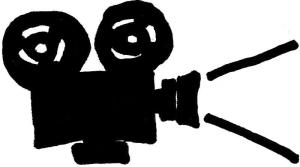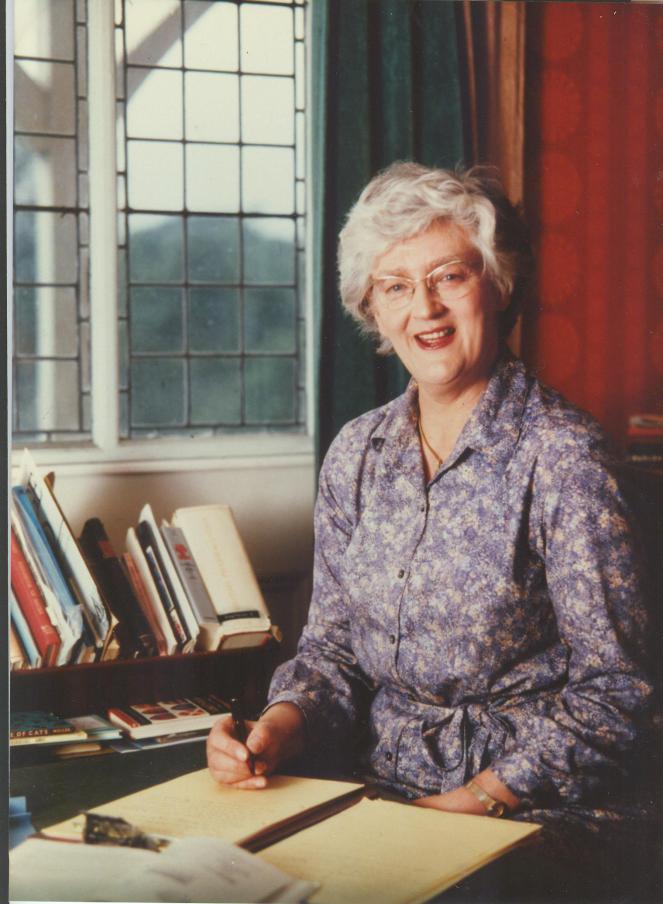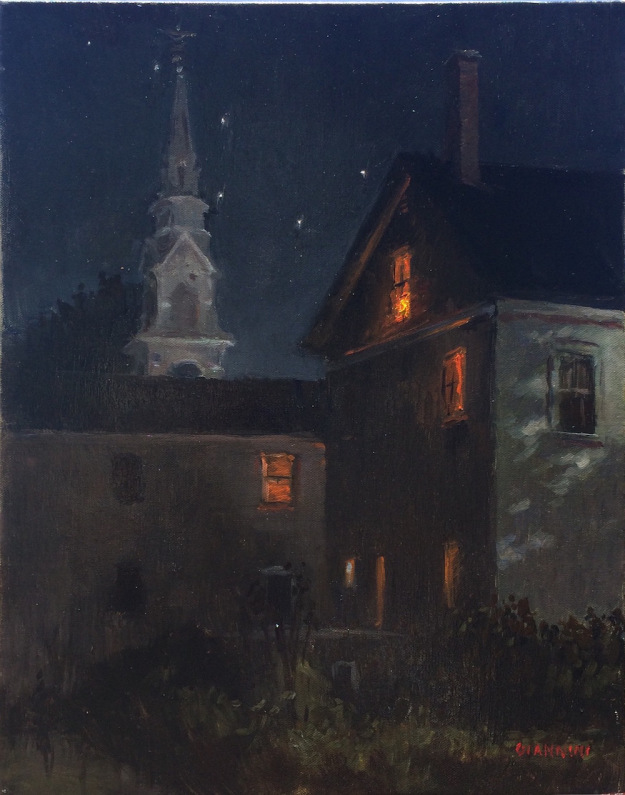
Oddly, the only time I’ve ever written about recently deceased local legend Rene Brunet, Jr. for this site was when I saw the storied theater operator introduce Cinema Paradiso for the Prytania Theatre‘s 100 Year Anniversary two long years ago. Brunet’s family has been in the business of local cinema operation since the 1900s and, at 95 years old, Rene had owned & operated many local cinemas himself over his seven decades in the profession. Within my lifetime, his name had become synonymous with the Prytania Theatre, which he had operated since the mid 90s. The last single screen neighborhood theater still playing movies in Louisiana, the Prytania is the physical manifestation of Brunet’s love of cinema history, a passion he’d fed into the co-authored book There’s One in Your Neighborhood: The Lost Movie Theaters of New Orleans and, more importantly (to me), the theater’s weekly Classic Movies series. Since the Classic Movies series began almost a decade ago, Brunet had been introducing his old favorites from cinema past every Sunday & Wednesday morning he could physically make it, usually with the same kind of anecdotes he preceded that Cinema Paradiso screening with. I’ve personally become very attached to those screenings over the past few months especially, thanks to the Prytania’s partnership with the New Orleans Film Society. Given that a particular week’s selection looked to be of interest, I’d make those screenings an essential part of my weekly movie-going routine. These aren’t the 35mm prints or 4k restorations of fancier art houses around the country (although the Prytania often programs those as well). Most films that screen for the Classic Movies series aren’t even presented in their intended aspect ratio. Besides the basic thrill of seeing them big & loud with an audience, Rene Brunet, Jr.’s passion for each selection is largely what made those screenings a weekly draw and I never heard him more passionate than he was when he was talking about Hitchcock.
The last movie Brunet introduced at those Classics screenings was The Wizard of Oz, a viewing experience that completely melted my mind in its Technicolor vibrancy, despite having grown up with its eternal repetition in television broadcasts. After a couple behind-the-scenes anecdotes, Mr. Brunet sweetly asked us if there were any bad witches in the audience, admitting that he could only see good ones. He would always deliver these routines from the perch of his wheelchair at the front of the crowd. Then, as he prompted the projectionist to start the feature, he’d be wheeled to the back while reminding us off-mic, as if he’d forgotten, to join him in the lobby for conversation after the movie, where “Coffee and cake are complimentary!” I never spoke to him in the lobby myself, but there was always something adorable about watching him hold court over the older patrons in his Three Stooges necktie as I made my way into the Sunday afternoon sunshine. I’d even come to get used to, if not sadly miss, the loud wooshing sounds of his oxygen tank at the back of the theater during the pictures, which was audible no matter where you sat. In a lot of ways, The Wizard of Oz was the perfect final picture to share with Mr. Brunet. Not only does it encapsulate the Old Hollywood movie magic he attempted to promote with the Classic Movies programming, but the pre-screening music at the Prytania is often a piano rendition it “Somewhere Over the Rainbow,” so that space & that film are already forever linked. I will say, though, that I had come to most closely associate the series with the work of Alfred Hitchcock. I never knew Brunet personally enough to suppose who is favorite filmmaker might have been, but I got the sense that he always treated Hitchcock screenings with a special care & enthusiasm. They were always the highlight of the Classic Movies schedule and it’s downright eerie watching the director’s work at those Sunday morning screenings in Brunet’s absence.
In particular, I’ll always owe Rene Brunet’s enthusiasm in presenting To Catch a Thief for the series, a screening he prefaced with anecdotes about Hitchcock’s hatred of eggs & where to look for that distaste in the film. To my surprise, what’s often dismissed as one of the director’s more frivolous works quickly rocketed up to one of my favorites in his catalog. Surely, the benefit of seeing that Technicolor sex comedy (which is superficially dressed up like a heist thriller) big & loud with an appreciative crowd had a large part in my enthusiasm for the work. However, I’ve been to two Hitchcock screenings since Brunet’s career-concluding presentation of The Wizard of Oz and, while I’m not sure exactly how much the effect of his absence had to do with my reaction, I just didn’t feel nearly as strongly. For the deviously taut thriller Stage Fright, I may have been worried by the video introduction from Mr. Brunet, whose physical absence was alarming, given his age & the appearance of his health. By the time Strangers on a Train was presented, the news he had passed was weeks in the rearview, but still a difficult adjustment. This was the first time I’d ever seen Strangers on a Train, which is just as slyly funny & visually impressive as To Catch a Thief, but didn’t hit me with the same intensity. Several sequences within the film undeniably felt like Best of All Time cinema landmarks: the Love Tunnel stalking, the Life or Death tennis match, the spectacle of the out-of-control carousel crash, etc. I just wasn’t as enraptured with it as I was with To Catch a Thief‘s much cheaper sex jokes & Technicolor pleasures. That likely has a lot to do with my generally trashy tastes and the expectation levels set by the film’s respective reputations, but I’m sure the environment I saw them in didn’t help Strangers much either. With To Catch a Thief I saw a local legend cheerfully introduce a little-loved work from what appeared to be one of his favorite artists. With Strangers on a Train I had to reflect on the reality that I’d never share that experience with Mr. Brunet again, which is a sad enough circumstance to sour any theater-going experience. He wasn’t there to hold my hand through another long-overdue Hitchcock initiation and the absence of his enthusiasm was immediately felt.
While it is emotionally distressing that Rene Brunet, Jr.’s physical presence will no longer be a part of the Prytania or its Classic Movies series, his influence on that New Orleans culture cornerstone is promised to continue in perpetuity. His son Robert Brunet continues on as a co-operator for the theater as it transitions into its second century serving the neighborhood. His portrait that hangs in the lobby has been updated with a plaque commemorating his passing. Even more endearing is the decision to have Rene continue to introduce the Classic Movies series even though he can’t be there to offer complimentary coffee, cake, and conversation after the credits roll. When I saw Strangers on a Train, the feature was preceded with a short video clip of Mr. Brunet speaking to the audience from a seat within the theater, enthusiastically addressing us with a “Welcome to the big screen!” They even retitled the series Rene Brunet’s Classic Movie of the Week, a tweak I pray that sticks indefinitely. Even beyond those weekly screenings and that small brick building on Prytania Street, Brunet’s presence is something that’s going to forever linger in New Orleans film culture. Every time I see a Hitchcock classic for the first time I’m going to hear his excited voice encouraging me to take notice of the tiny details and backstage lore. Every time I attend a local film fest or indie cinema I’ll have to appreciatively keep in mind the loving care he put into keeping that culture alive, especially in a time when it felt like AMC was going to eat this city alive. Rene Brunet, Jr. is already dearly missed, but his near century-long enthusiasm for the local cinema experience means he’ll always be a part of how people in this city watch & appreciate movies, especially the classics.
-Brandon Ledet
Advertisements Share this:





